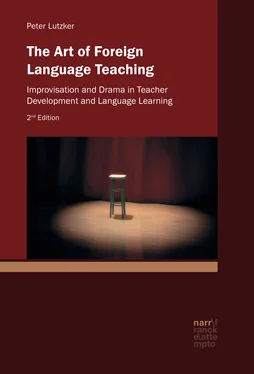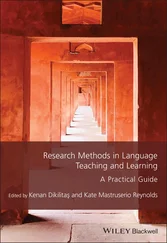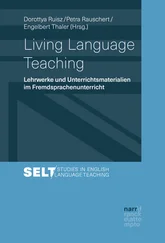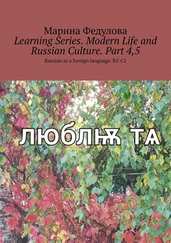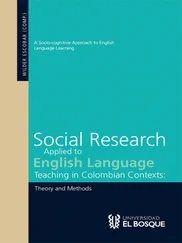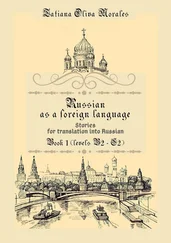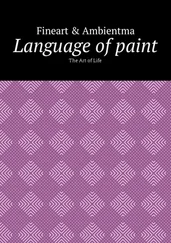Although this study will focus specifically on the clowning course, it will be instructive to give a brief overview of the other artistic courses and then describe one of them in more detail, in order to give a fuller picture of the underlying concept as well as to put the clowning course into a larger context.
3.2 Forms and Principles of the Drama Workshops
The following drama workshops have been regularly offered in the English Week :
Literature in Performance
Clowning
Drama and Creative Speech
Storytelling
Drama and Improvisation
Drama and Presence 194
The first three of these courses have been mainstays of the English Week and have been offered every year by the same course leaders. The others have varied more and in some cases are recent additions. Generally, 6–9 artistic groups are offered, depending on the amount of participants we have or expect to have at the conference. We have always attempted to establish a limit of 20 participants for each artistic group and generally manage to have groups of about 12–15. The participants submit 1 stand 2 ndchoices with their registration and we try to balance out the different groups as evenly as possible. The length of the morning workshops is three hours.
One of the guiding principles behind the drama workshops has been their professionalization. While recognizing that there are many teachers with much dramatic experience and talent, we have nevertheless drawn clear distinctions between the quality of work possible with capable amateurs, compared to highly trained professionals. Although there is no doubt that dramatic work with experienced teachers can also lead to meaningful experiences, it has been our conviction that the dimensions of artistic experience which outstanding professional actors, clowns, storytellers etc. can offer teachers are, in the end, fundamentally different, and we consider this distinction to be significant. The two exceptions we have made have been in the form of courses offered by teachers with substantial drama experience who have offered workshops on how to work on drama with pupils. (All the other elements and activities on the program including lectures, methodology workshops, choir work etc. are led by experienced teachers and teacher trainers who are obviously the professionals in these areas.)
Although there are different emphases in each course, there are also many common dimensions and, in fact, there are elements in each of these workshops which are remarkably similar. What all courses offer is the possibility to enter into an intensive artistic process which at different points generally require a letting go of fears, inhibitions and preconceptions in order to create something new – whether in the recitation of a poem, the telling of a story, in acting a scene, or in a clowning improvisation.
It lies in the very nature of such challenges that they are invariably complex and highly personal processes entailing a wide range of difficulties. Thus, the structures of each of these groups are similar insofar as there is always extensive and careful preliminary work in the context of a wide range of warm-up exercises, all designed to foster later steps. In this warm-up phase there is a strong physical/physiological element present with much walking, running and a wide variety of exercises and games requiring physical movement. As each group is dependent on establishing a high degree of trust and openness among the participants, most of whom do not know each other, there is also a strong emphasis placed on creating an atmosphere of warmth, humour and trust. The course leaders do this in a variety of ways through their choice of exercises and material, but also in their entire manner of speaking to and working with the group. It is a tribute to their expertise and experience that they generally appear to be able to establish this degree of rapport within the first session.195
In order to give a more concrete picture of the kinds of artistic/dramatic work done at the English Week , it will be necessary to look more closely at what occurs in the course of a week’s workshop. Before examining the clowning workshop and the research on the effects of the clowning course, it will be instructive to look in more detail at another course in order to give a more complete picture of the general principles underlying all the artistic work for language teachers, as well as to be able to draw essential parallels and distinctions between clowning and the other drama workshops.
In this context, the course Literature in Performance can be seen to evidence both similarities and equally apparent differences. A further reason for choosing to examine this course is that Robert McNeer has written more extensively about his work than the other course leaders, thus making it possible to examine his approach in more detail.
3.3 Literature in Performance: A Drama Workshop at the English Week
Robert McNeer’s courses are typically characterized by lots of smiles and laughter. Right from the beginning, there is generally surprised laughter based on his playful manner of introducing the work. Within the first hour of warm-up exercises, the laughter ranges from nervous to very pleased as teachers are asked to do things that often seem quite strange to them such as massaging each other’s feet, walking around as animals and making various musical and non-musical sounds.
The warm-ups often begin with an exercise in which the participants not only get to learn each other’s names, but also learn a great deal more. Standing in a circle, each person says their own name in a way they remember having heard it in the past (loving, angry, severe etc.): afterwards the group tries to precisely imitate the way each participant has said his or her name. McNeer writes,
It’s very interesting to me that we hear our own names more than we say them, and this exercise gets the shoe on the other foot, subtly helps us to see ourselves or hear ourselves, from outside which is a step towards empathy and compassion. The others listen very carefully, and as a group try to reproduce exactly the same tonality, temperature and music as a chorus. This trains their observation, their musical ear, but it immediately becomes apparent that the posture and the subtle observance of the other’s posture, is an essential part of creating the sound. I think hearing their own name repeated to them in chorus, somehow legitimatizes the presence of each individual, and gives strength to the timid ones. Of course, the chorus is non-judgemental, as I’m very picky about it being EXACTLY the same sound. This means that everyone is concentrating so much on getting inside the other’s voice that they don’t have any neurons left for judging. If I see anyone judging, I become more musically demanding with them until they have no concentration left for judgement, which means they’re practicing empathy before they know it. It’s almost always funny, but we find ourselves laughing not at, but with the others, as we recognize our own situations.196
A wide range of exercises going back and forth between the physical and vocal, not only serve the function of warming-up and stretching the participants bodies, voices and imaginations, but in enhancing perceptual awareness , these exercises can be seen as presenting a basis for all the dramatic work that follows. McNeer writes,
The basis of my work is perception. Through a series of exercises, the participants are invited to direct their attention to the way in which their bodies react to psychophysical phenomena. I often begin with foot massage, which, apart from drawing the attention as far away from the head as possible, begins to open the awareness to the vital importance of balance. Depending on the circumstances, my indication to remove the shoes can meet with anything from active resistance to unconvinced acquiescence, which generally melts into joking about un-repaired and unwashed socks, or laughter when someone’s loose change falls onto the floor. The laughter is extremely important. It is a recognition of community, an acceptance that we are all in this together and the first, happy assault on the shields of self-defense.197
Читать дальше
